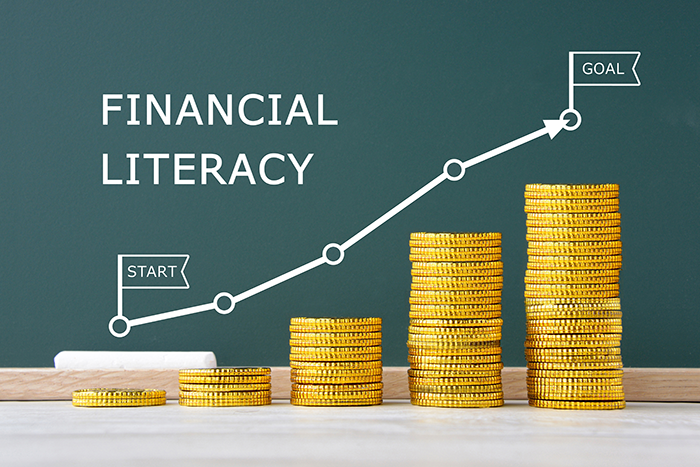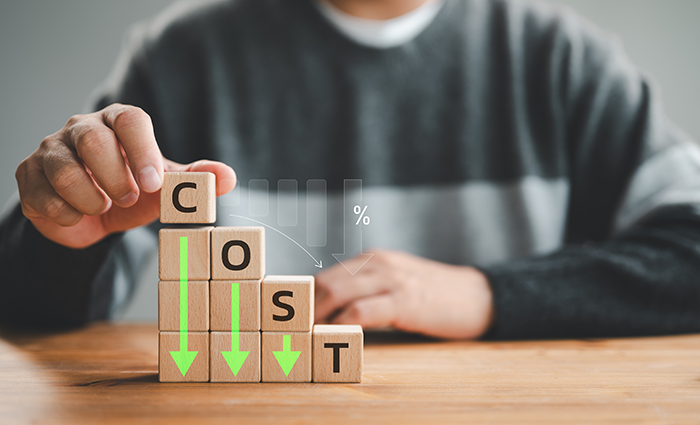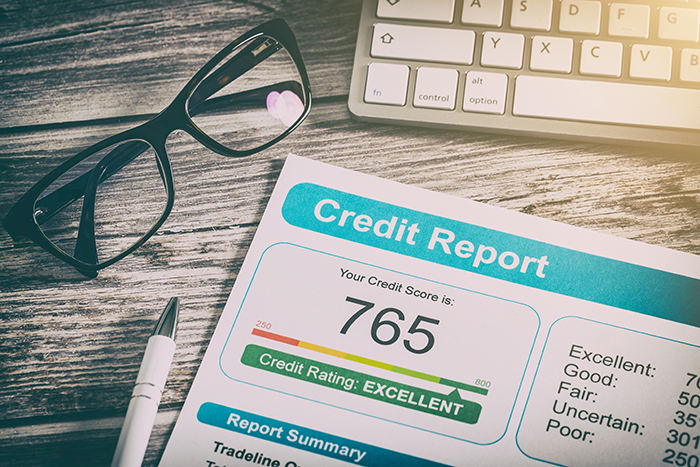Building a Budget
If you want to save more, spend less and reduce debt, it is important to have a budget. A budget provides a clear picture of how much money you are spending for bills, groceries, gas, childcare, and other expenses. It helps you to plan, so you have more money coming in than going out. Here are three steps to budgeting....read more.
Daily Spending Worksheet
Do you know where you spend your money? Most people are surprised on how much the little things add up. When you stop to get that cup of coffee, pick up a quick lunch, or grab a snack at the gas station, it all adds up. This daily spending worksheet is designed to help you track your daily expenditures. If you will track your spending habits for one month, you will have a better idea on where your money goes and how to best cut expenses.
View WorksheetIncome and Expense Worksheet
The first step in building a budget is to know how much of your money comes in and how much goes out. In order to help you do that, this worksheet will easily allow you to put in your numbers. Some of your expenses will be what we call fixed expenses while others are flexible expenses. Some of the fixed expenses will be your rent/mortgage, car payment, or car insurance because these are the same set amount each month. However, other expenses are flexible because they can fluctuate each month, like your electric bill, food, or if your car breaks down. Use this form and fill it out to the best of your knowledge to help you build a budget.
Build A Budget
Ideas for Cutting Expenses
There are many ways to cut expenses. We have developed a list of some easy things to do to help jump start ways to cut expenses. Someone once said, if you count your pennies, your dollars will grow. Some of these may not save a lot but every little bit helps in the overall picture and over time your dollars will grow.Reducing Expenses
Finding ways to reduce expenses and spending will enable you to start tipping the scale toward more money coming in than going out. What is the difference between a need and a want? Is it important to plan ahead? Can you save money by meeting due dates? Click here to check out the answers to these questions and more.Understanding Credit and Debt
Credit enables you to buy an item or service now, and pay for them later, usually over a period of time. Two of the most common types of loans and credit are Installment Credit and Revolving Credit. These can also affect your credit score which could lead to how much interest you could potentially pay.
Understanding Credit & DebtUnderstanding Your Credit Score
Lenders use your credit score, also called a FICO score, to evaluate the risk involved in providing a loan or credit card to you. A low credit score can also impact your ability to buy insurance, rent an apartment, get a job and more. Your credit score is part of your credit report, which lists all types of credit accounts you have ever had and your payment history on each one. Want to know what is in your credit report and how it works?
Understanding Your Credit ScoreImproving Your Credit Score
To improve your credit or FICO score, it is helpful to know what contributes to your score and steps you can take related to each category. Click here to explore how the each of your transactions can affect your score and how much.Using Credit Cards
A credit card enables you to buy now and pay later. It is a line of credit that lets you borrow money for multiple purchases up to a certain limit. You repay what you borrow by either making monthly payments plus you will pay interest, expressed as the Annual Percentage Rate (APR) on the balance. There are pros and cons of using credit cards. Learn more here and also find tips on how best to use your credit card and how to keep your card safe.
Credit Card Amortization Example
While credit cards can be useful at times, you must use them responsibly. We have attached an example of two amortization charts to help you better understand how they work. Most credit card companies only require you to pay 2% of the balance each month to stay current. However, if you only pay the minimum each month it could take you a very long time to get it paid off. The first example compares a credit card with a 19% interest rate while the second example compares one with a 10% interest rate As you can see from the 19% interest rate example, by only paying the minimum balance of 2% each month on a $3,000 charge, after ten years, you could still owe over $1,700!Overcoming Debt Problems
One of the first steps in overcoming debt problems is admitting that there is in fact a problem. Here are some early warning signs of debt trouble.
- Paying only the minimum on credit cards or loans
- Using credit to pay for everyday expenses - like groceries or gas
- Making payments late
- Paying so much on credit cards and loans that you're unable to save for retirement
Here are some tips to help you get out of debt.
New to Banking - What should I know
The money you put into a bank account is insured by the Federal Deposit Insurance Corporation (FDIC), so it is safe and secure. Using the bank services makes it easier and more convenient to handle your money. Also, building a relationship with a bank can help when you have figure financial needs, for example getting a loan. There are some terms you should know to better understand how to best utilize your bank.